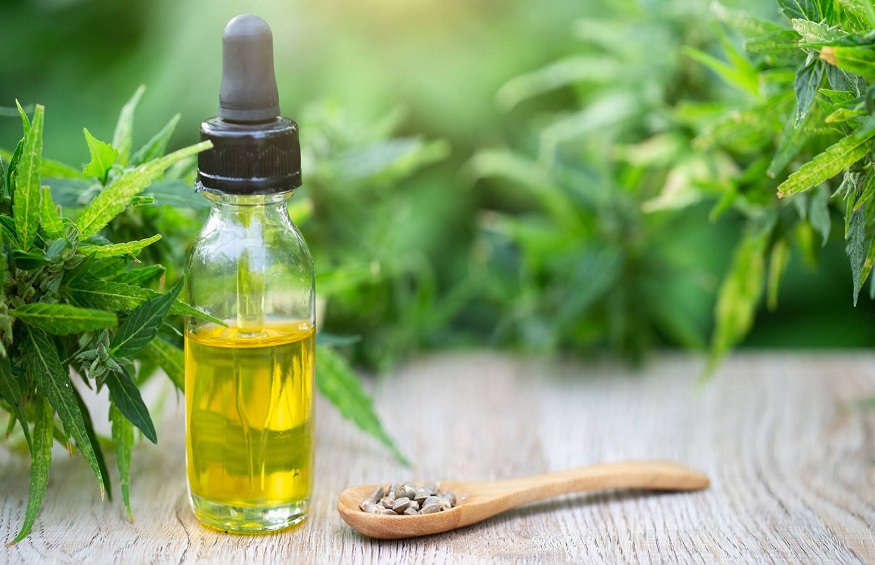There are many instances where Cannabis producers incorrectly label their products. A study [1] estimates that almost 70% of all Cannabis products sold online are mislabeled. This means that the action of the oil may be different and this could compromise the possible medical and therapeutic benefits of Cannabis The purpose of this article is to show what to look for when researching and buying CBD products. Bad labeling can mean several things: misspellings, errors in ingredients or nutritional values to be able to promote components that are not actually present.
CBD, or Cannabidiol, is one of the most common components of the cannabis plant. In recent years, its popularity has grown as an alternative to chemical treatment for many ailments thanks to its anti-inflammatory and pain-relieving properties (among others) .
What is clinical control?
The first information to look for on the product you have chosen is whether it has passed quality control. If you are buying CBD for the treatment of an illness then be sure to get the best. Most producers who have nothing to hide will post their clinical processes on their website. Each batch of oil may be different; it is therefore important that each batch is tested to determine its quality and purity. The analysis is of course much more reliable if it is carried out by an external group to avoid conflicts of interest.
What is the percentage?
You would think that all products labeled with “CBD” probably contain cannabidiol. However this is not always the case. In 2015, the United States Food and Drug Administration (FDA) tested 24 products from different manufacturers that claimed to contain CBD [3] . According to the FDA results, only 2 of them contained the percentage indicated on the bottle. For the rest, either it was sorely lacking in CBD, or there was none at all.
For example, the label of one of the products claimed that the bottle contained 21% CBD when in reality they found no trace of cannabinoids in the oil. One way to find out if your chosen oil contains CBD is to ask for clinical test results. Any grower who is confident in their product will happily post the results on their site or send it on demand.
From what source?
Each producer will have their preference for the origin of the CBD. Some extract it from hemp flowers, others from marijuana. In addition, it is also important to know if it comes from organic cultivation and without GMOs. The plant should also be grown without pesticides, herbicides, artificial fertilizers, or any artificial or harmful products . If the product certifies that it is 100% organic, it should not contain toxins when tested for purity.
What type of extraction?
Extraction is the name given to the process that extracts CBD molecules from the flower. This process can take a few days and can be done with butane (BHO), hexane, propane or other hydrocarbons.
The problem with using these harmful chemicals is that the extracted CBD is not pure, and there are traces of these chemicals in the oil, which can be harmful to your health. The purest mode of extraction is with ethanol and it is even purer when it comes to organic ethanol. You can look for this information on the website or in the product description and it is always better to go for the purest product.
Don’t believe everything you’re told
Many CBD producers make outlandish claims about their oils. It’s a good marketing technique to advertise a “miracle cure” or say that the oil will “make your cancer go away” to lure people seeking treatment. There is no scientific evidence that CBD cures any disease, but the majority of research that has been done shows that CBD has the potential to remedy the symptoms of many diseases and can improve patients’ quality of life. All products sold as “miracle cure” are perfect examples of false advertising and marketing technique.
The last point is to add that what is cheaper is often not the best. The whole process (cultivation, extraction and purification) must be done correctly and it is clear that a better quality product will have a certain price.

